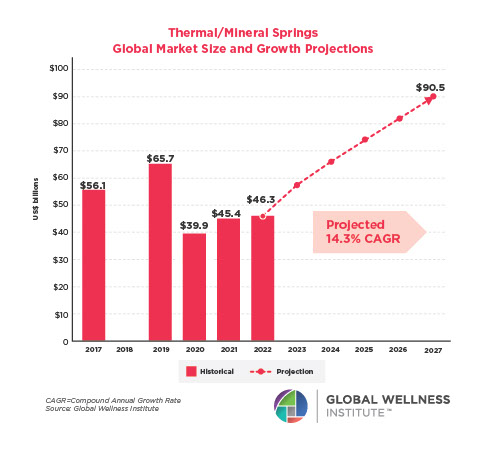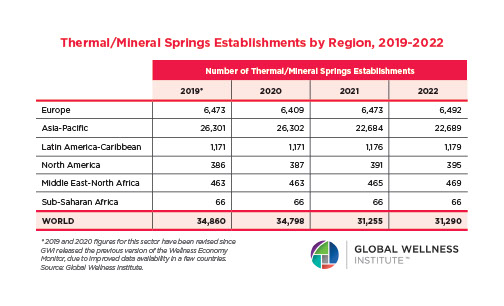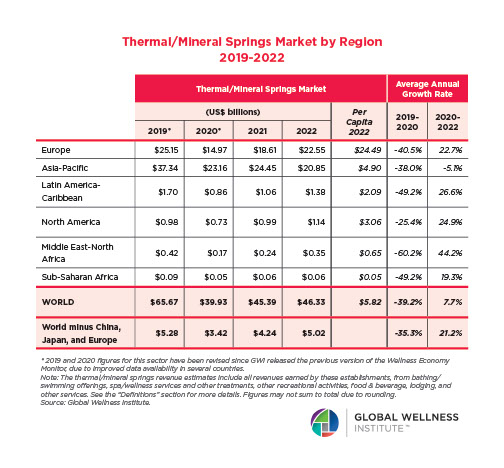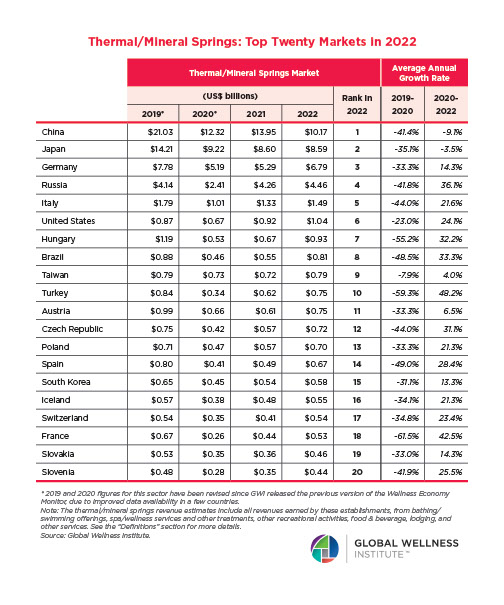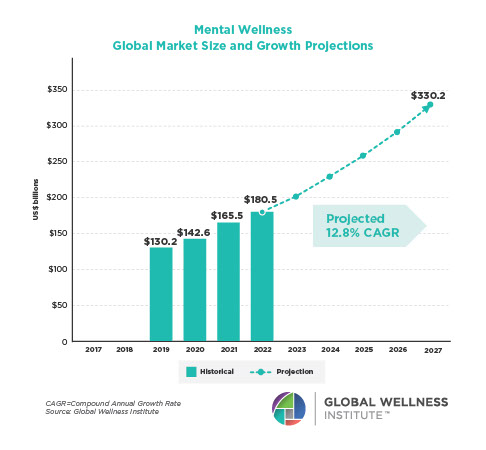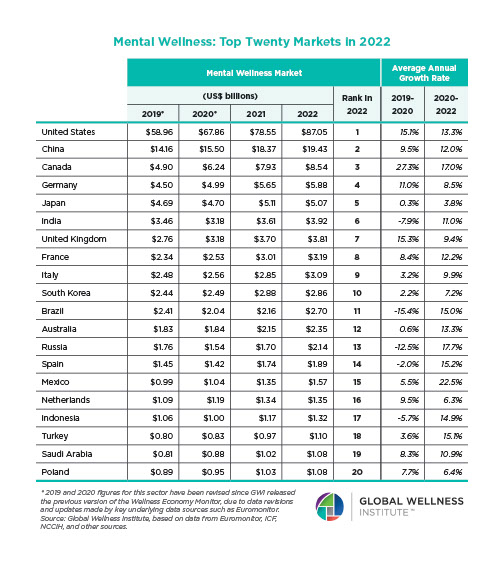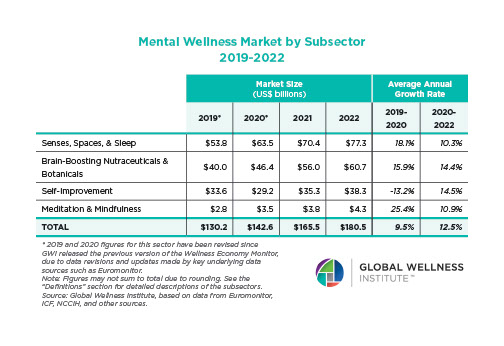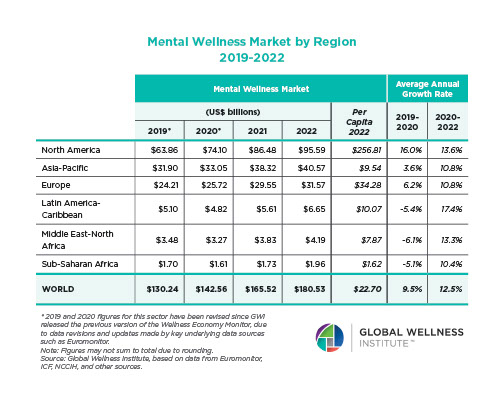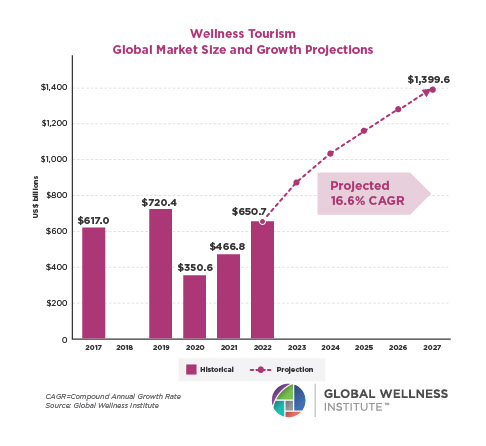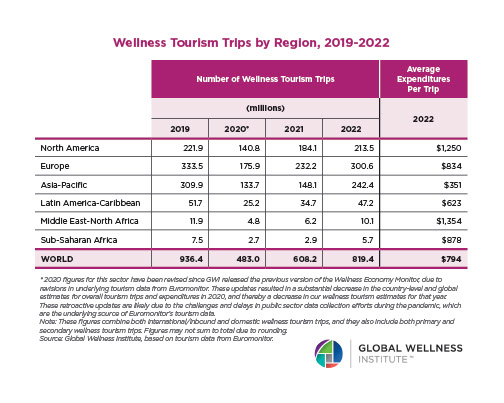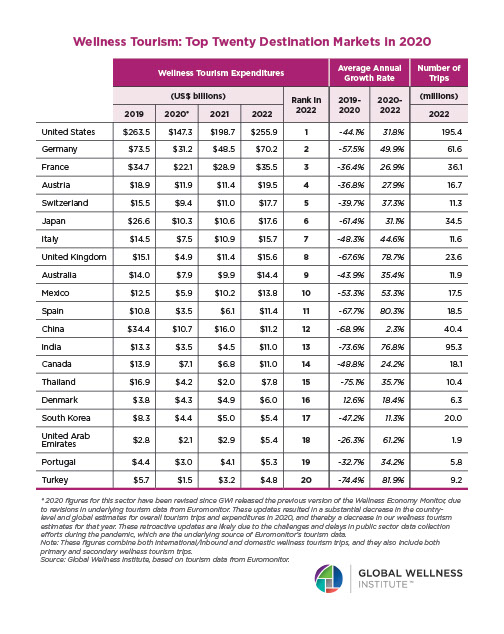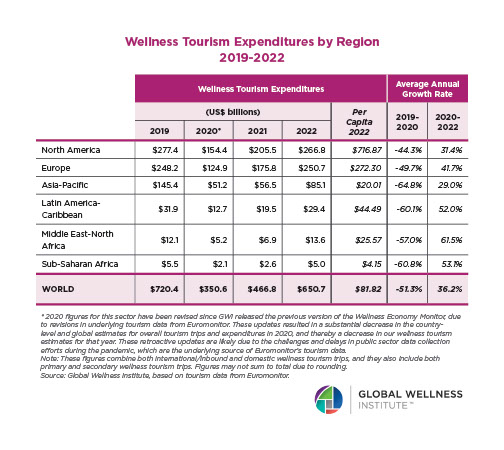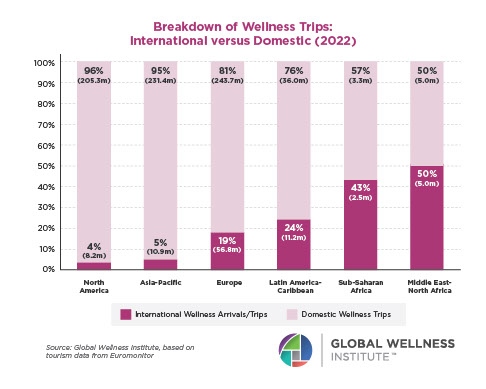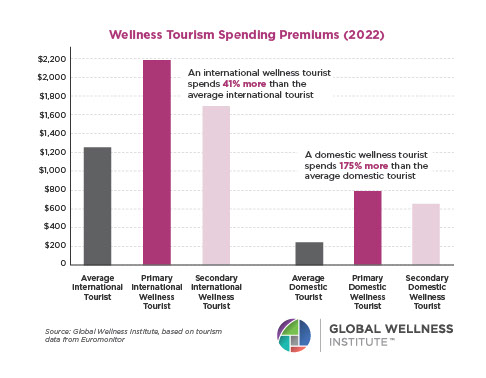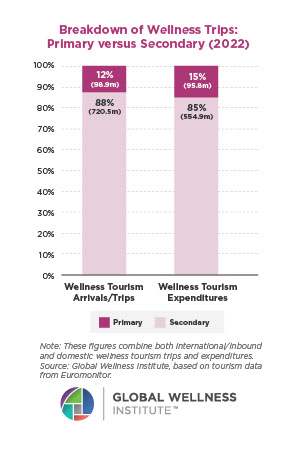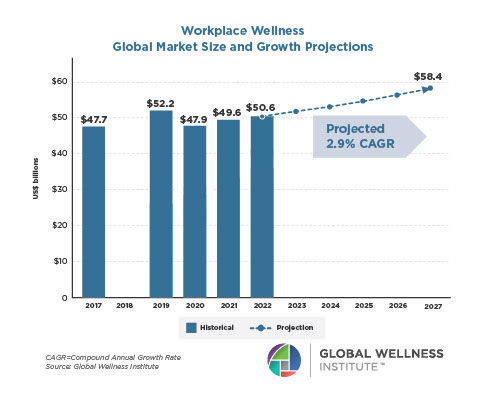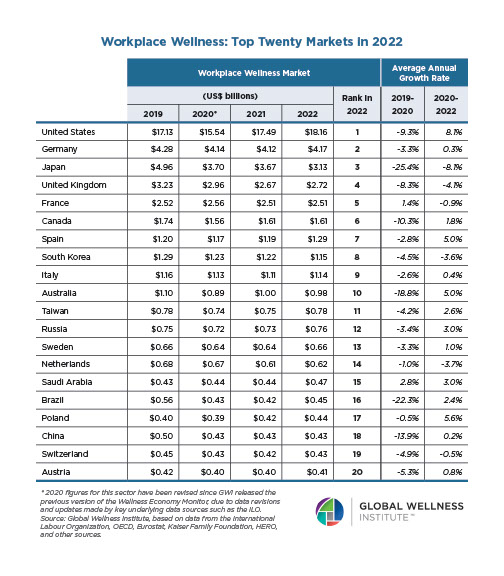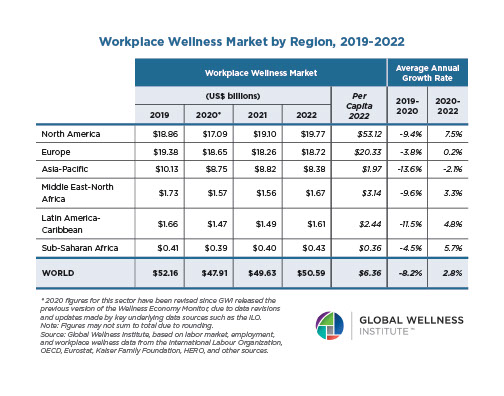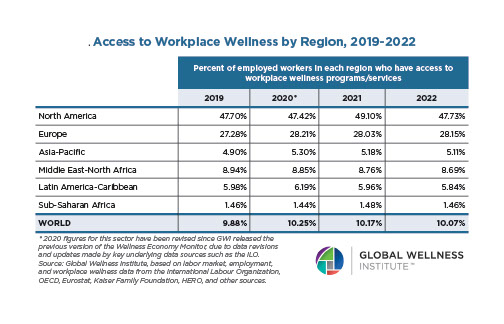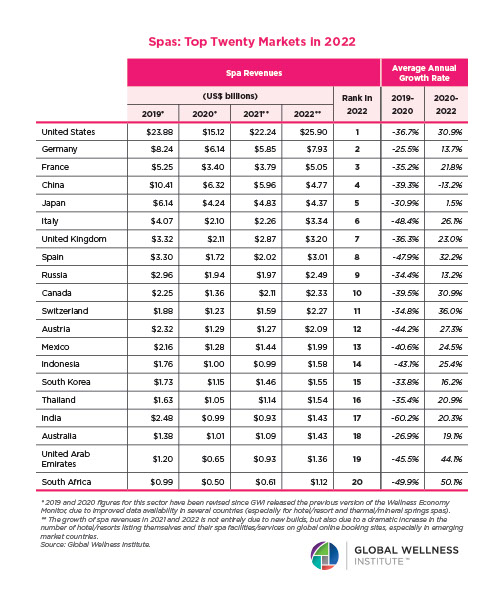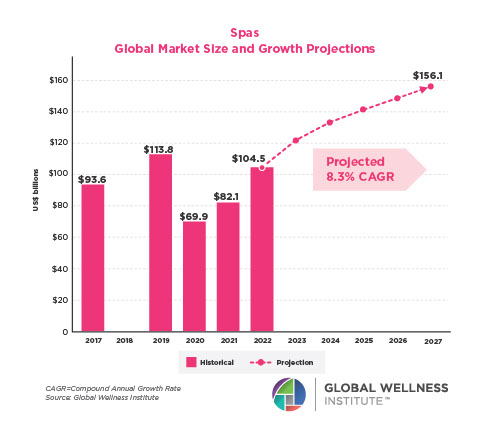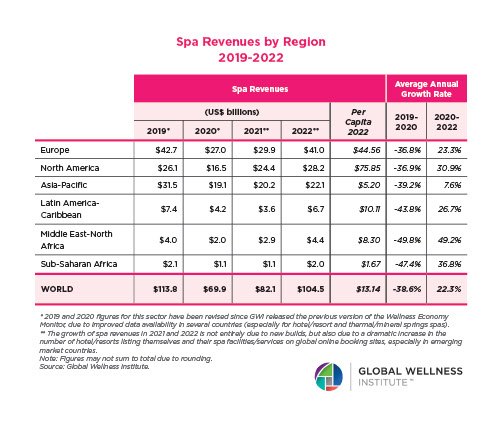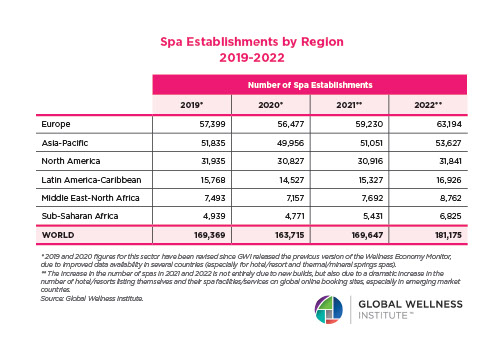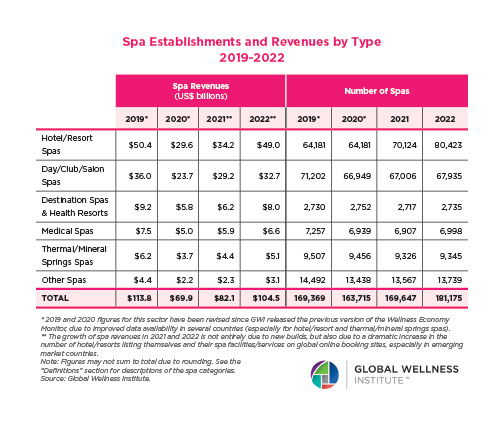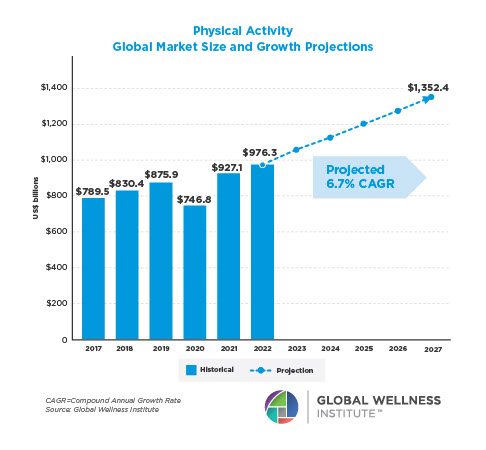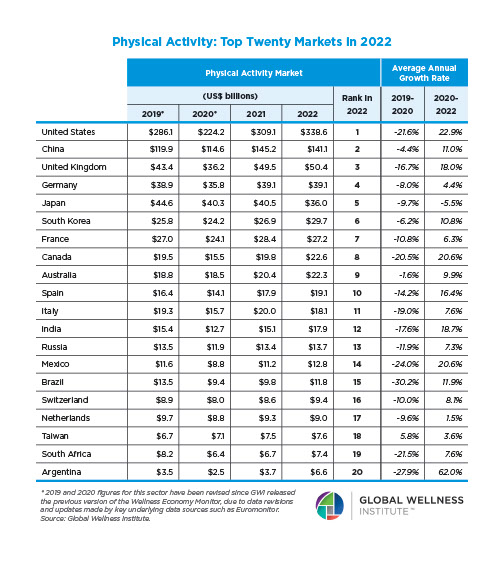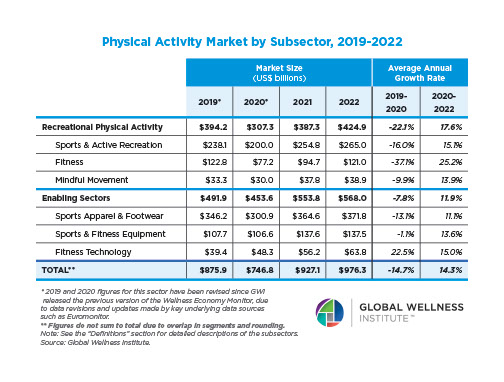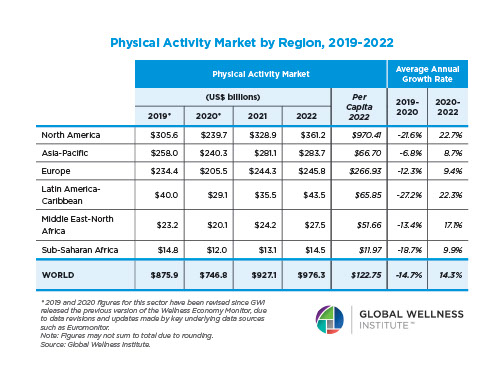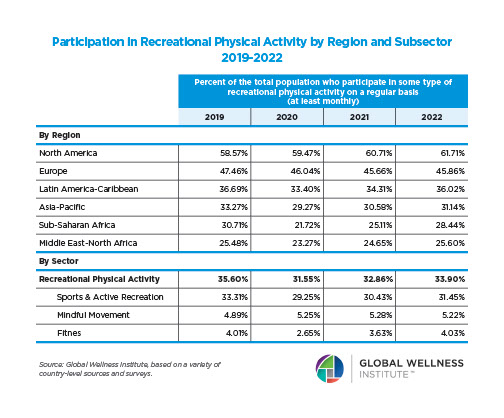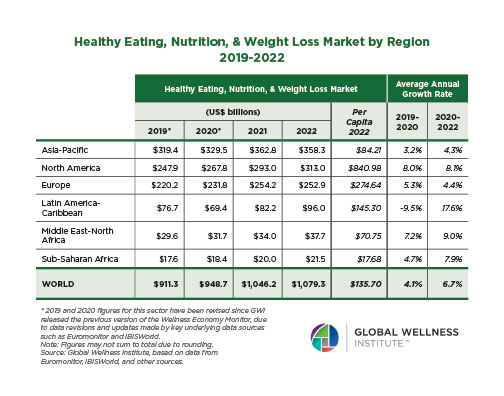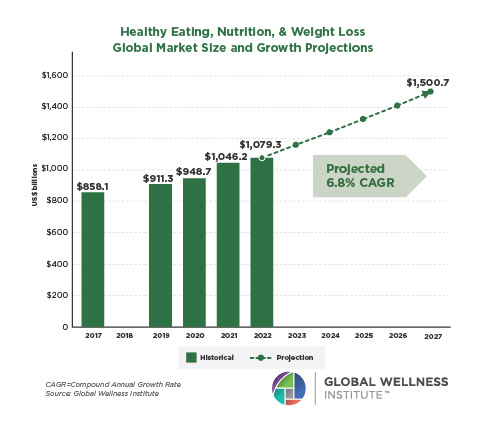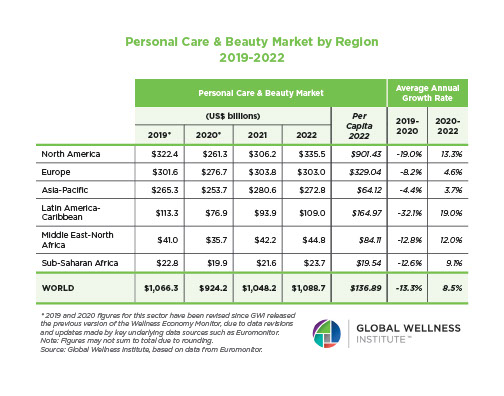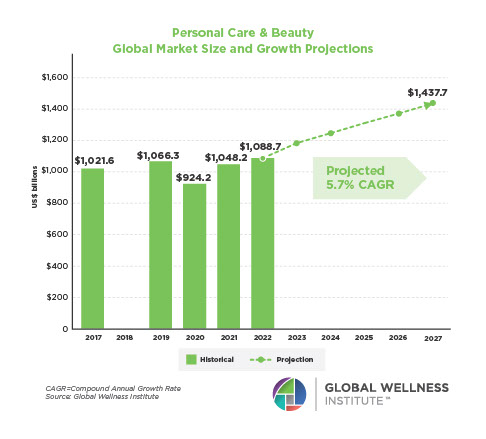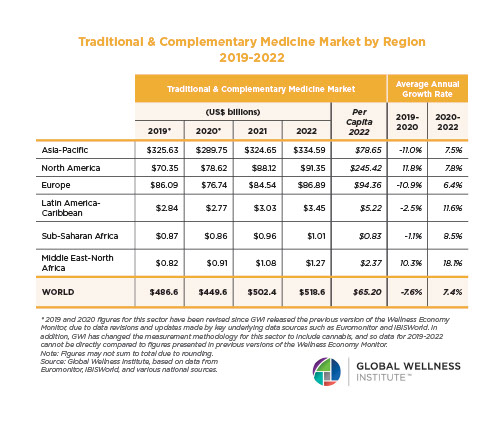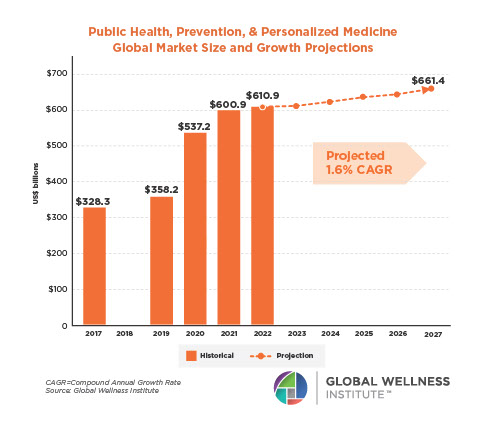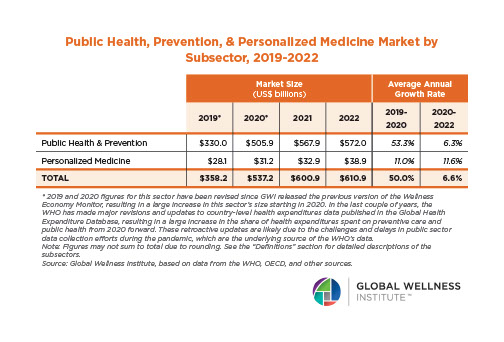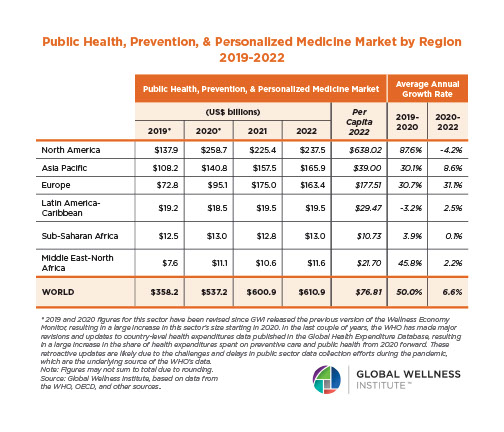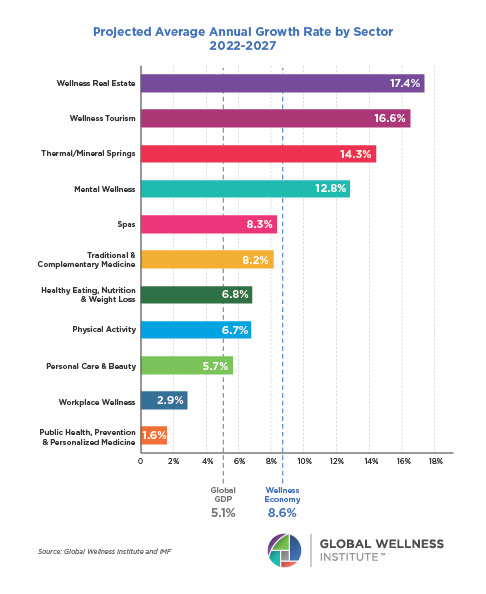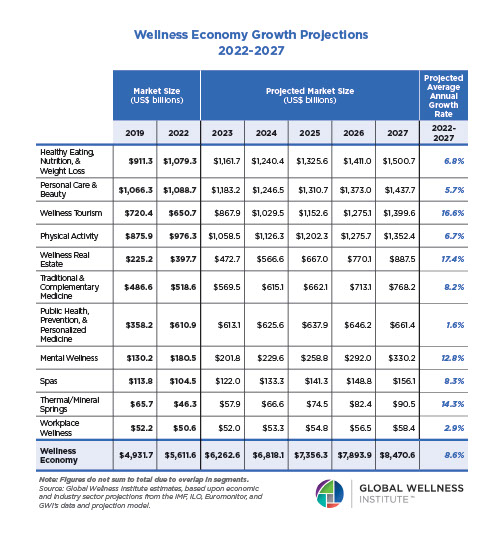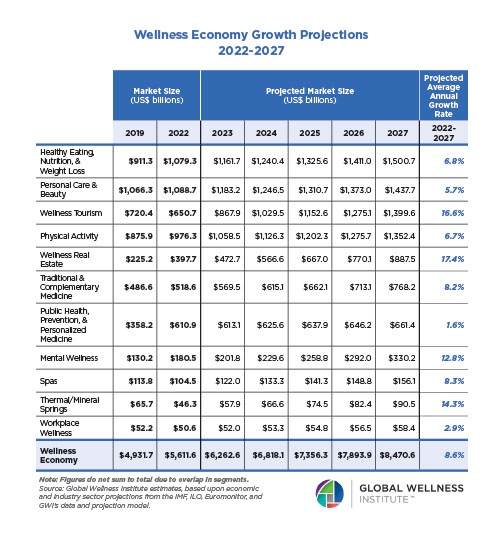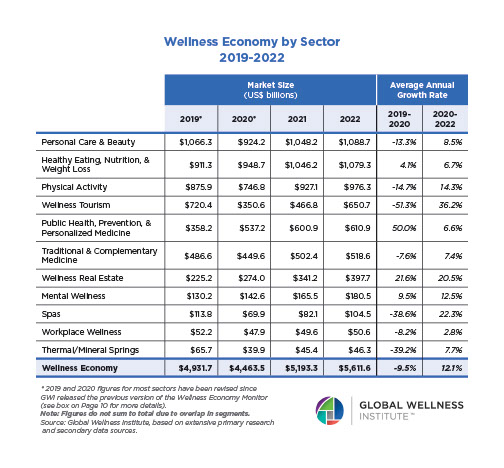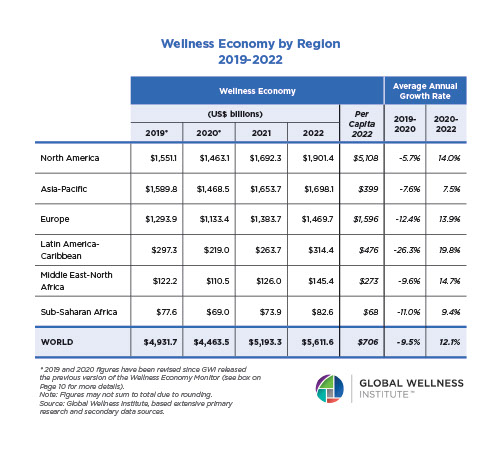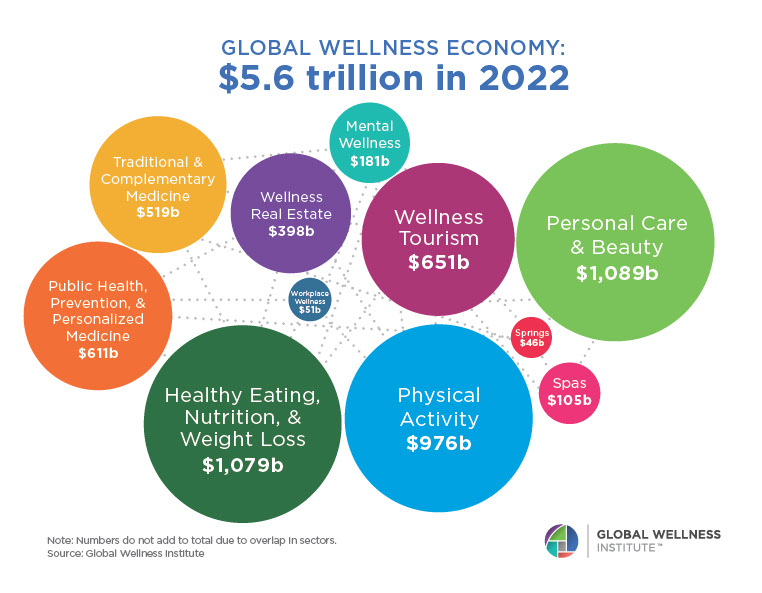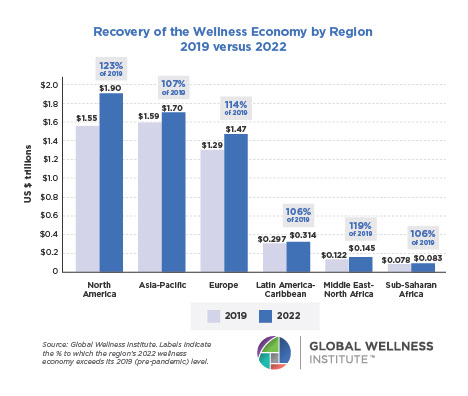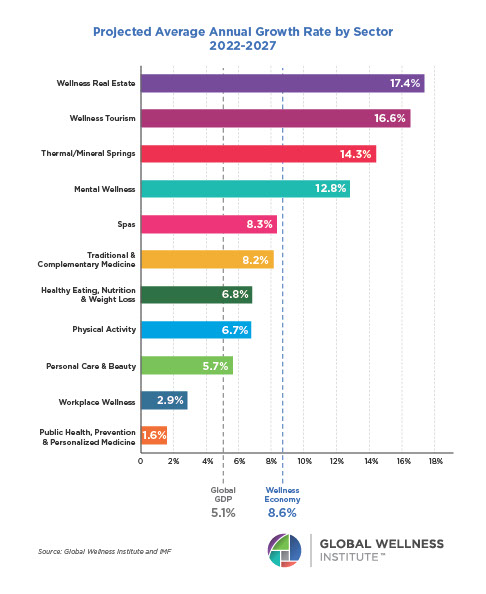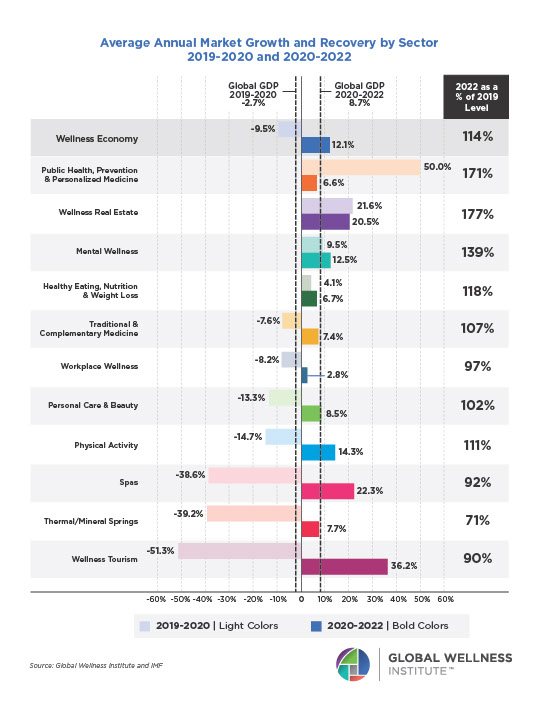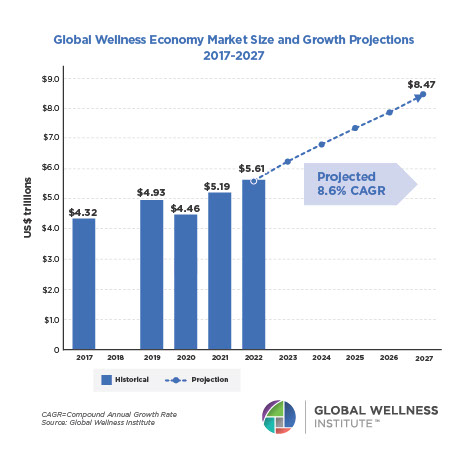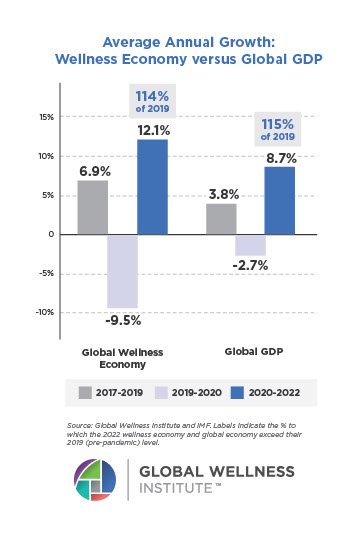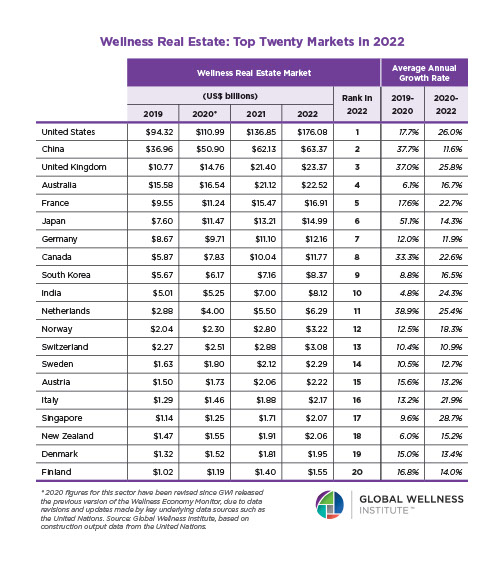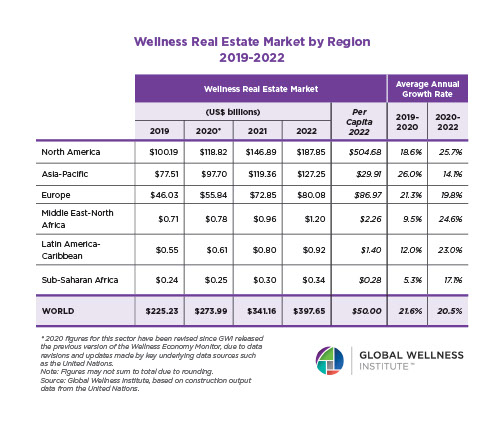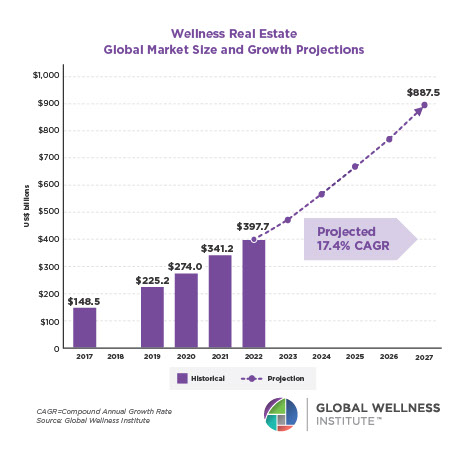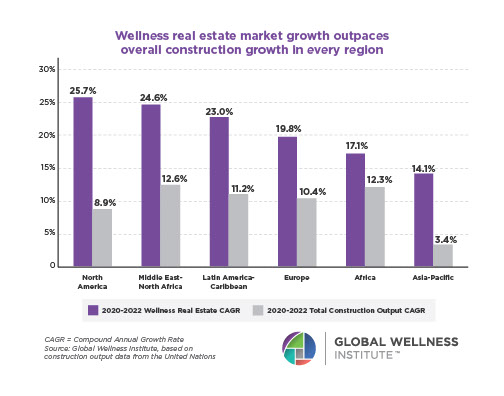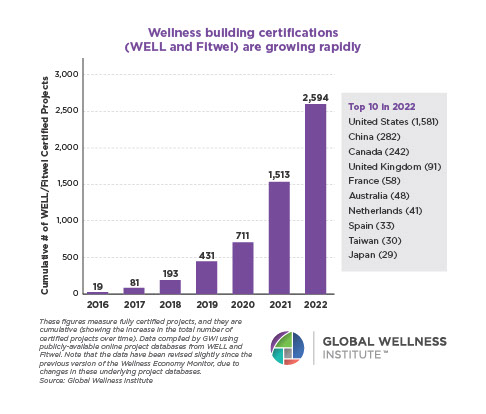
By Thierry Malleret, economist
AI and other industry CEOs are sounding the alarm about the coming impact of AI on labor markets. Dario Amodei from Anthropic foresees a white-collar bloodbath and Jim Farley from Ford says, “AI is going to replace literally half of all white-collar workers in the US.” We could cite many CEOs on how they expect AI will slash headcount and change how every job gets done. But what about AI’s impact on the wellness labor market, an industry based mostly on personal care and attention? Malleret argues that the substitution effect will remain limited. AI will instead amplify, or augment, the labor input of wellness workers.
AI IS RESHAPING LABOR MARKETS: PAIN AHEAD
Economists tend to agree that new technologies create short-term pain for labor but long-term gains. For AI, how long will the short term last and how much pain will be inflicted during that period?
Tellingly, many AI and other industry CEOs worry about what’s coming. Dario Amodei from Anthropic foresees a white-collar bloodbath and according to Jim Farley from Ford: “AI is going to replace literally half of all white-collar workers in the US.” Andy Jassy predicts Amazon will reduce headcount “as we get efficiency gains from using AI,” and Doug McMillon from Walmart expects to freeze hiring and change how every job is done. Unless all these industry leaders are collectively wrong, we should worry too. Serious disruption is coming with two major consequences: (1) governments will enact policies to keep long-term interest rates below their market level via QE and financial repression; (2) increased political and social turmoil will ensue.
BUT WHAT ABOUT AI AND THE WELLNESS LABOR MARKET?
The wellness industry is incredibly diverse, but by and large, it is considered a labor-intensive industry, thus one in which the possible substitution effect of AI will remain limited. Wellness is fundamentally based on personal care and attention, and, in the foreseeable future, it is unlikely that most would favor a robot to take care of their skin or give them a massage.
The case of digital wellness—the least labor-intensive wellness segment—suggests that AI will amplify, or augment, the labor input of wellness workers, rather than acting as a substitute. Peloton shows why. Its new bikes can be equipped with a camera that watches the rider and delivers AI-generated feedback. Evidently, this progress is enabled by tech, but Peloton’s CEO Peter Stern recently emphasized that the company’s services will “absolutely always be centered around human instructors,” adding: “The way we use AI is basically to amplify and augment what our instructors can do.”
